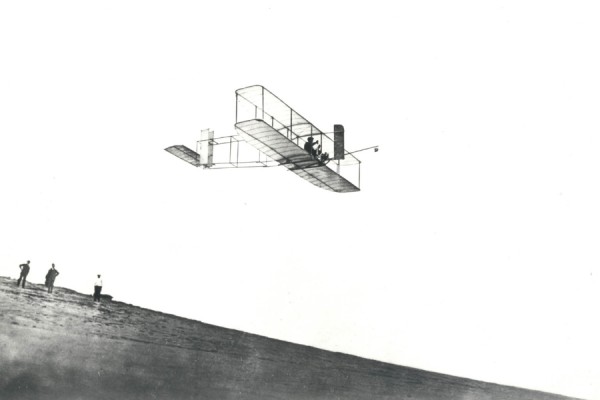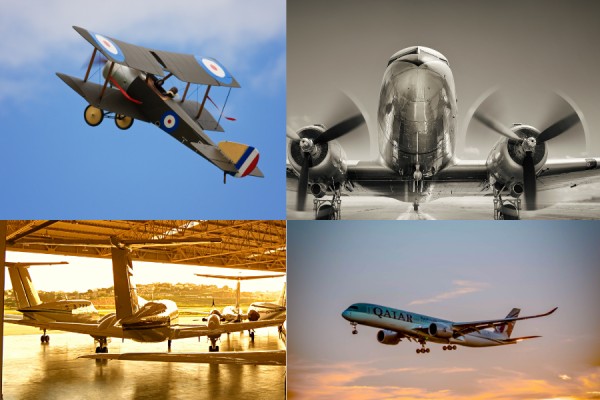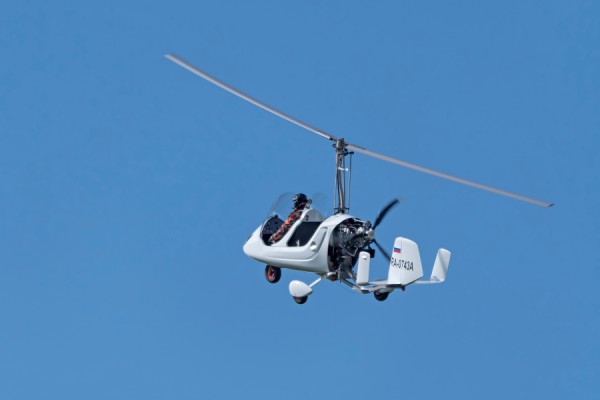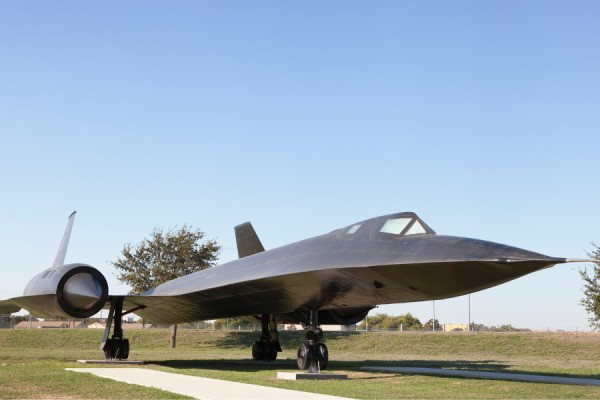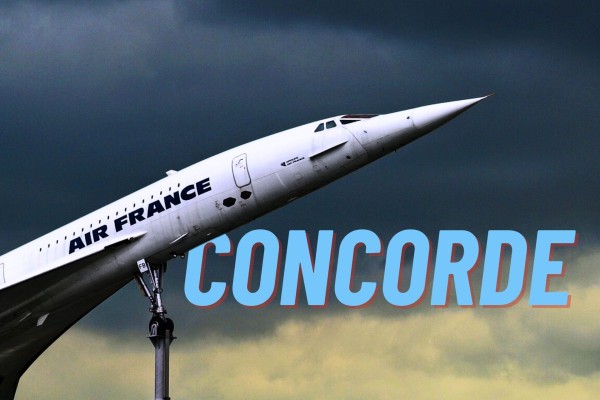- History
- 1 year before
Air France Flight 447: The Great Aviation Mystery in the Atlantic
The tragic loss of Air France flight 447 in 2009 left profound effects on aviation safety. Causes of the accident and lessons learned and mpre .
-

- 1 year before
- Category: History
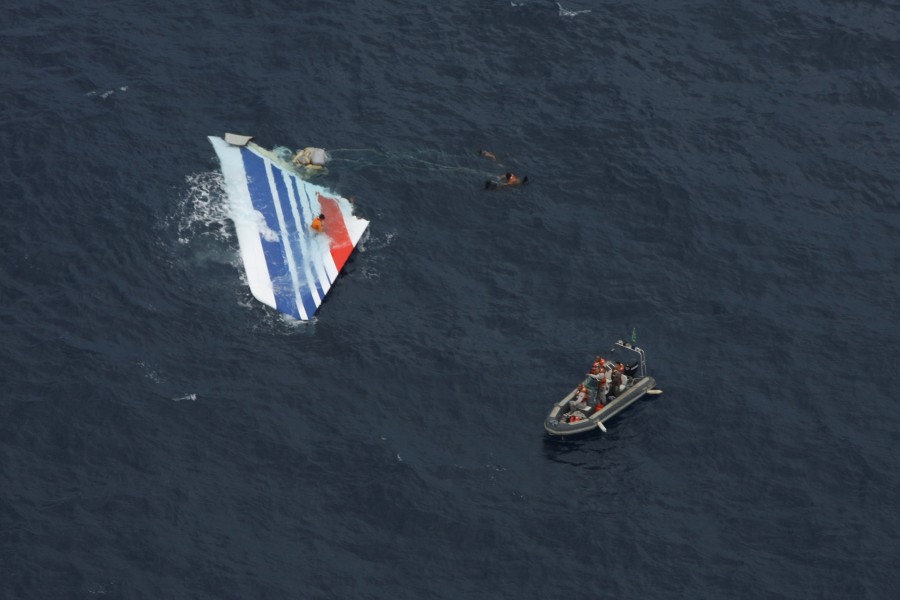
Air France Flight 447: The Atlantic Mystery
On June 1, 2009, Air France Flight 447, en route from Rio de Janeiro to Paris, disappeared over the Atlantic Ocean. The tragic event, which claimed the lives of all 228 passengers and crew, remains one of the greatest mysteries in aviation history. In this article, we will delve into the details of the incident, the investigation that followed, the causes of the crash, and its impact on aviation safety.
Chronology of Events and Initial Findings
AF447 was operated by an Airbus A330-200 aircraft. Shortly after takeoff, the captain left the cockpit for an extended rest period during the night flight, leaving two co-pilots in control. The aircraft encountered severe weather conditions and high levels of turbulence. According to initial data, a series of automated messages were sent from the aircraft, indicating issues with the airspeed sensors known as pitot tubes.
Investigation and Technical Analysis
Extensive search and investigation efforts led to the discovery of the aircraft's wreckage two years later. Examination of the black boxes revealed that the aircraft's airspeed indicators were malfunctioning and that the pilots did not react adequately to the situation. The combination of factors that led to this accident necessitated a review of the design of pitot tubes, particularly those used on Airbus A330 aircraft, as well as pilot training.
Causes of the Crash and Impact on Aviation Safety
The primary causes of the crash were identified as equipment failure, misleading information provided to the autopilot systems, and the pilots' insufficient handling of the situation. This incident prompted significant changes in flight safety procedures. Firstly, the design and functionality of pitot tubes were revised. Additionally, flight crews were required to undergo more comprehensive training on handling unusual situations that may arise during flight.
The Air France Flight 447 accident served as a watershed moment for the aviation industry. The reassessment and updating of flight safety procedures represent a crucial step towards preventing a recurrence of such tragedies. While accidents are an unfortunate reality in the aviation industry, the thorough analysis and learning from each event are essential, as exemplified by this case.

